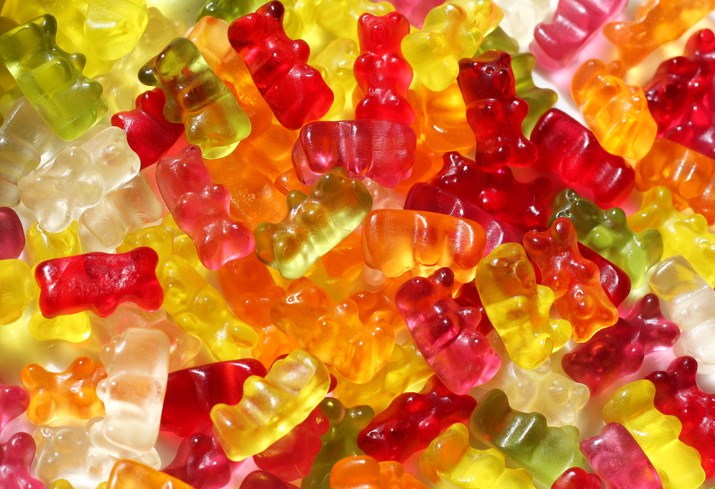Young goblins and ghouls dress up each year for Halloween and begin the hunt to see how many delicious treats they can stuff into their bags. The spooky holiday kicks off the beginning of the holiday season in which adults and children indulge in sweets. Although dentists warn about the impact candy has on teeth, Dr. Andrew Kelson at Dental Horizons says there is more to the story.
Around 46% of Americans spend $30 on Halloween candy each year, according to Shiny Smile Veneers which surveyed over 1,000 Americans about how Halloween candy impacts their teeth. The survey discovered that most Americans avoid buying or eating candy that is hard or sticks to the teeth such as Jawbreakers, Jolly Ranchers, Bit-O-Honey, Laffy Taffy and Tootsie Rolls. The most popular candies include Reese’s Peanut Butter Cups, M&M’s and KitKat, according to the study.
“Candies that are sticky — caramels and taffies — things that are going to stick to the teeth which make them harder to clean, those are the ones that are going to be more risky for dental decay,” Kelson said.
Although candy can lead to dental decay, Kelson said it is more complex than that.
“I think sometimes patients might come in with cavities and will say ‘I don’t eat candy.’ We point the finger at candy, and I’m not saying that candy isn’t part of the variable, but our saliva and how our bodies are able to clean our teeth after we eat are also variables, Kelson said.
The tongue plays an important role in keeping teeth clean, Kelson said. People with tied tongues are at greater risk of tooth decay.
Another factor can be the rotation of the teeth in a person’s mouth. Rotated teeth can often cause gaps between teeth that can’t be cleaned by the tongue or a toothbrush, Kelson said.
A person’s salvia is another factor to consider. The frequency at which people eat candy, or other foods and coffee, will cause a person’s saliva to combat the acidic attack. After combatting the acidic attack a person’s body will try to neutralize their saliva again, Kelson said. However, if a person continues to eat, their saliva will be in flux for a while.
“Ideally, from a tooth perspective, you would just eat all of it all at once and be done with it,” Kelson said.
Children have an abundance of saliva versus adults who have less, often due to medications and other factors. Mouth breathing can also lead to dry mouth as well as introducing more bacteria into the mouth than those who breathe through their nose, Kelson said.
Kelson also said eating all the candy at once would not be good for other parts of the body such as the pancreas.
Kelson recommends limiting the candy that is coming into the home and getting rid of the rest. He also said it is really important that everyone brush their teeth before going to bed.
“I tell my patients that if you want to keep your teeth, you brush at night and if you want to keep your friends, you brush in the morning,” Kelson said.



